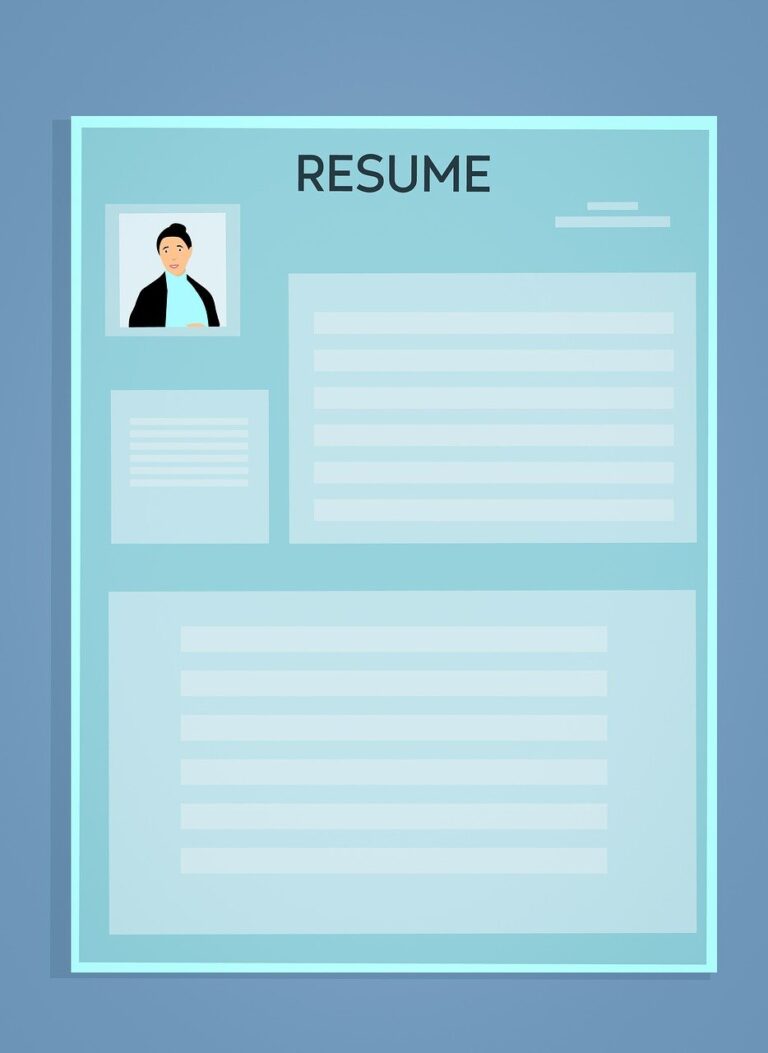
Table of Contents
- Introduction
- Understand the Purpose of Your Cover Letter
- Research the Company and Role
- Structure Your Cover Letter Effectively
- Craft a Compelling Opening
- Highlight Your Qualifications
- Demonstrate Your Value to the Company
- Close with Confidence
- Proofread and Tailor Your Cover Letter
- Additional Resources
Introduction
Learning how to write a cover letter that grabs recruiters’ attention can significantly improve your chances of landing an interview. While your resume showcases your skills and experience, your cover letter offers a chance to tell your story and explain why you’re the perfect fit for the role. In this step-by-step guide, we’ll walk you through the best practices and tips to craft a compelling cover letter that stands out from the crowd.
Understand the Purpose of Your Cover Letter
Before diving into the writing process, it’s crucial to understand why a cover letter matters. It’s your opportunity to introduce yourself, showcase your enthusiasm, and demonstrate how your skills align with the company’s needs. According to experts, a well-written cover letter can make a memorable first impression and set you apart from other applicants. For more insights on how to write a cover letter, check out Jobscan’s comprehensive guide.
Research the Company and Role
Effective cover letters are tailored to each application. Spend time researching the company’s values, culture, and the specific role. Use this information to customize your letter, showing that you’ve done your homework and genuinely want to work there. For example, if the company emphasizes innovation, highlight how your past projects demonstrate your innovative mindset.

Structure Your Cover Letter Effectively
An organized structure makes your cover letter easy to read and professional. Typically, it should include:
- Header: Your contact information and the employer’s details
- Introduction: State the position you’re applying for and a hook to grab attention
- Body paragraphs: Highlight your relevant skills, experiences, and how they benefit the company
- Closing: Summarize your enthusiasm and include a call to action
For detailed examples, visit My Perfect Resume.
Craft a Compelling Opening
Your opening should immediately attract attention. Mention the role you’re applying for and include a brief statement about why you’re excited about the opportunity. For example:
“As a passionate data scientist with a knack for uncovering insights, I was excited to see the Data Analyst position at XYZ Corp—an innovative company I admire for its commitment to data-driven solutions.”
This sets a positive tone and encourages the recruiter to keep reading.
Highlight Your Qualifications
Use the body of your cover letter to showcase your most relevant skills and experiences. Use specific examples to demonstrate your accomplishments. For instance:
- Enhanced team productivity by 20% through the development of a new project management system.
- Led a successful marketing campaign that increased engagement by 35%.
Remember, focus on how your background fits the role and what you bring to the table. Check out this guide from UC for more tips.
Demonstrate Your Value to the Company
Instead of just listing your skills, connect them directly to the company’s needs. Show that you understand their challenges and explain how you can help solve them. This approach makes your cover letter more persuasive and tailored.

Close with Confidence
End your cover letter on a strong note. Reiterate your enthusiasm and invite the recruiter to take the next step. For example:
“I am excited about the opportunity to contribute to XYZ Corp and would welcome the chance to discuss how my skills can benefit your team. Thank you for considering my application.”
Include your contact information and mention your availability for an interview.
Proofread and Tailor Your Cover Letter
Always proofread your cover letter to avoid typos and grammatical errors. Tailor each letter to the specific role and company; generic letters rarely stand out. Use tools like Jobscan to optimize your cover letter for applicant tracking systems (ATS).


